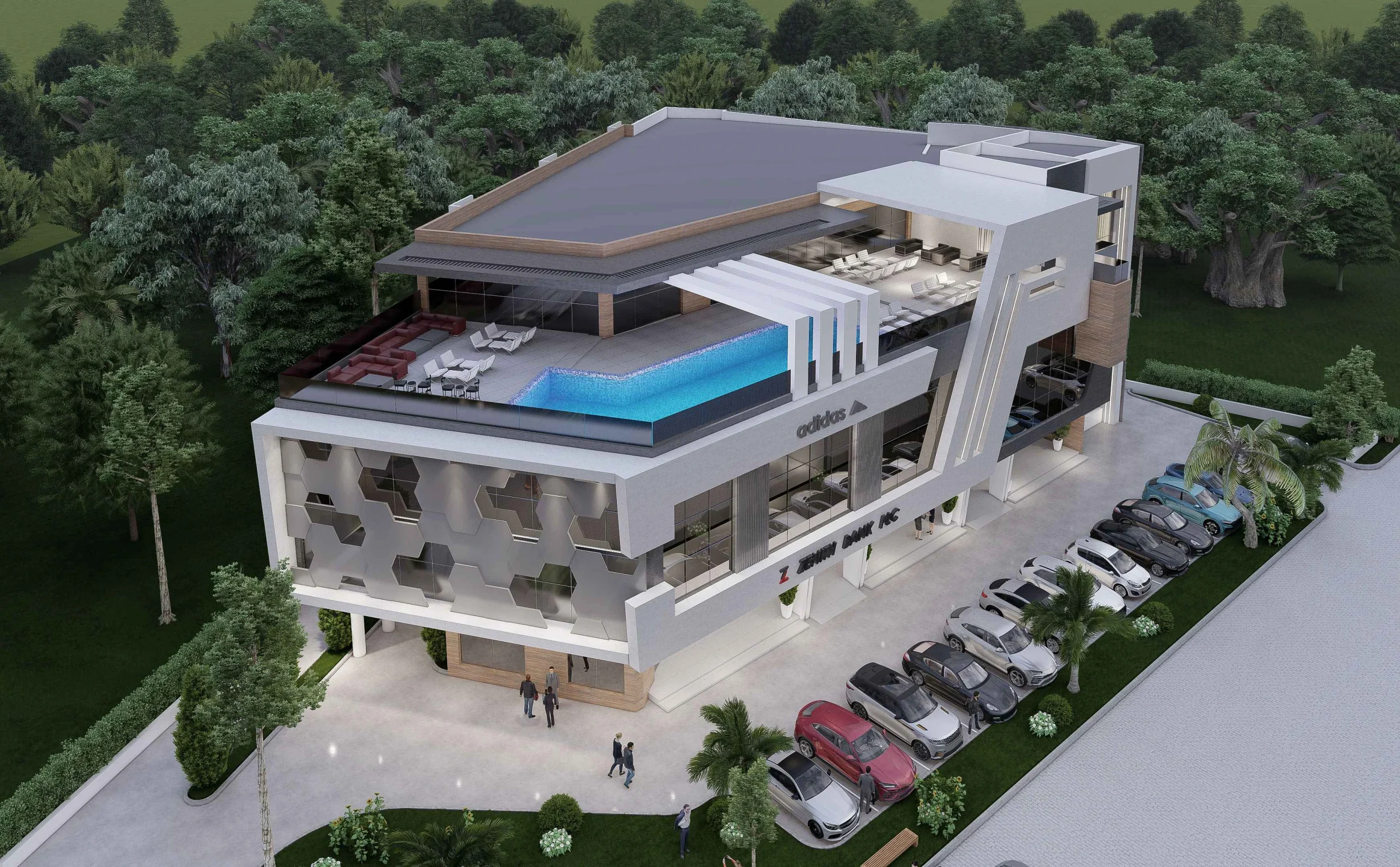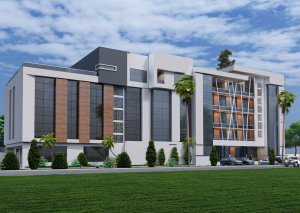Showcase examples of repurposing existing structures for new purposes, emphasizing sustainability and preservation of architectural heritage.
Adaptive reuse projects are excellent examples of sustainability and architectural heritage preservation, as they breathe new life into existing structures while minimizing environmental impact. Here are some showcase examples:
The High Line, New York City, USA: Once an abandoned elevated railway track, the High Line has been transformed into a linear park that winds through Manhattan’s West Side. This adaptive reuse project preserved the railway’s historic structure while creating a vibrant green space that attracts millions of visitors annually.
Tate Modern, London, UK: Housed in a former power station along the River Thames, the Tate Modern art gallery is a prime example of adaptive reuse on a grand scale. The building’s industrial architecture was retained and repurposed to showcase contemporary art, contributing to the revitalization of the Bankside area.
The 606, Chicago, USA: Similar to the High Line, the 606 is a repurposed railway line transformed into an elevated park and trail system. This adaptive reuse project transformed an obsolete transportation corridor into a community asset that promotes active transportation, biodiversity, and public engagement.
The Brewery, Los Angeles, USA: Once a Pabst Blue Ribbon brewery complex dating back to the late 19th century, this adaptive reuse project transformed the historic industrial site into a mixed-use development featuring offices, retail spaces, restaurants, and event venues. The project preserved many of the original brewery buildings, including the iconic Brew House.
Battersea Power Station, London, UK: Another iconic power station turned mixed-use development, Battersea Power Station is undergoing a comprehensive adaptive reuse project that will transform the site into a vibrant neighborhood with residential, commercial, and cultural amenities. The project aims to preserve the power station’s iconic Art Deco facade while repurposing the interior spaces for modern use.
These examples demonstrate how adaptive reuse projects can celebrate architectural heritage, promote sustainability, and contribute to the cultural and economic vitality of urban areas. By breathing new life into existing structures, adaptive reuse projects offer a sustainable alternative to new construction while honoring the past and shaping the future of our built environment.




